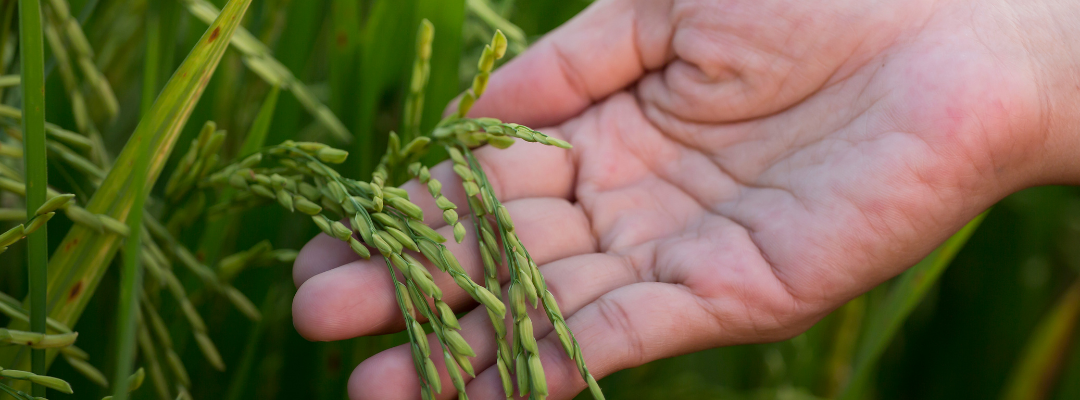In the Prospective Plantings report released March 31st by USDA-NASS, total planted rice acreage for 2022 was projected at 2.452 million acres, down 3% or 80,000 acres from last year. If realized, this would be the lowest acreage of rice planted in the United States since 1987. The majority of the acreage reduction is due to a 60,000 acre decrease in California, which grows medium and short grain rice. Long grain acres, the main type grown in the Southern states, is projected at 1.943 million acres, down 1.4% from last year. Arkansas remains the largest growing rice state with 1.191 million acres, accounting for 49% of all acreage. Louisiana is the only state to increase acreage, adding 20,000 acres for 440,000 acres total, while Mississippi’s 100,000 acres is the lowest since 1975.
Higher input costs played a key role in producer unwillingness to add rice acreage this year. Enterprise budgets from Mississippi State University’s Department of Agricultural Economics project rice production expenses to increase by 10% to $899/acre averaged across production practices. A large driver of this increase is fertilizer costs, which are projected up 43%. University of Arkansas budgets project similar increases, with a 47% increase in production expenses from last year. Additional supply chain uncertainty for herbicides needed in rice production makes a lower input intensive crop like soybeans more attractive to producers.
Additionally, long grain rice had to compete with a better price outlook for alternative crops, such as corn and soybeans. The chart below shows the percent change in the harvest month futures price for corn, soybeans, and rice since December 1, 2021. The November CBOT Rough Rice futures contract price has increased approximately 20% since the 1st of December. The percent price increase of corn and soybeans though has outpaced rice at 25% for soybeans and over 35% for corn. The combination of higher input costs and a lower price relative to other crops has likely made producers take a longer-term outlook of the rice market. Lower acreage will continue to support the upward trend in rice prices seen this spring. While supplies are not necessarily tight at this point, we can expect increased price volatility due to any events that might influence production during the growing year. As of April 25th, the USDA-NASS Crop Progress report has rice planting at 26% complete compared to the 5-year average of 47%. If plantings remain stalled, the market will begin to worry about supply and push prices higher.

Maples, William E. . “U.S. Total Rice Acreage Projected at 35 Year Low“. Southern Ag Today 2(19.1). May 2, 2022. Permalink

